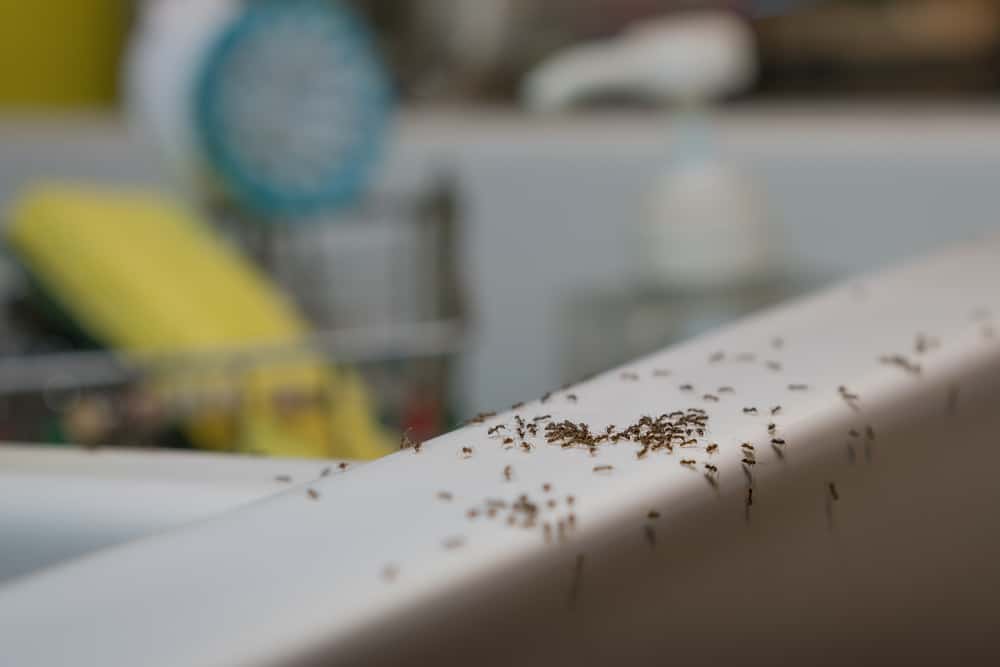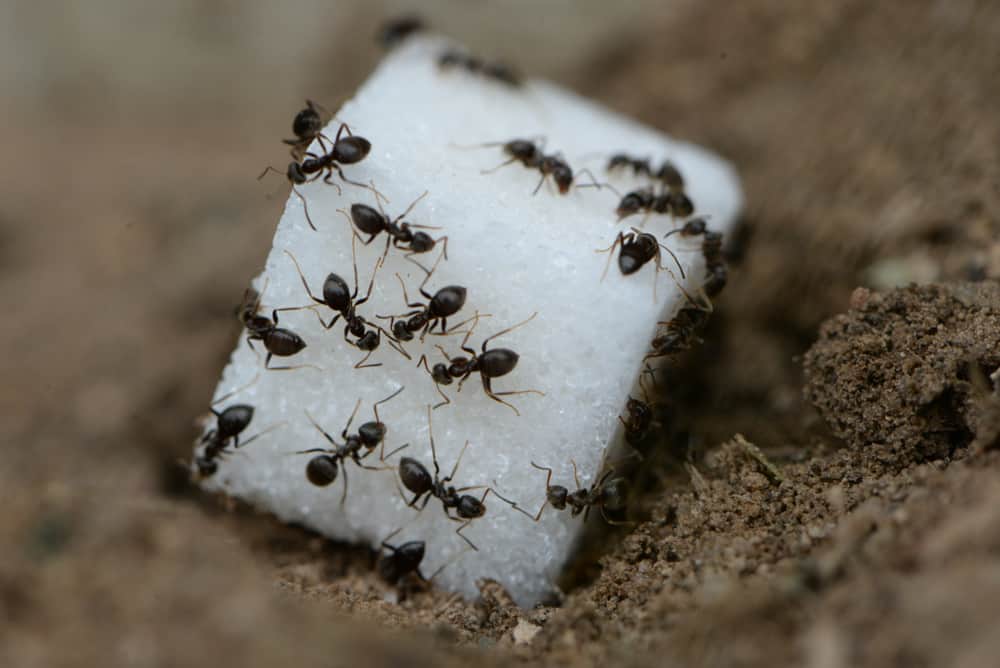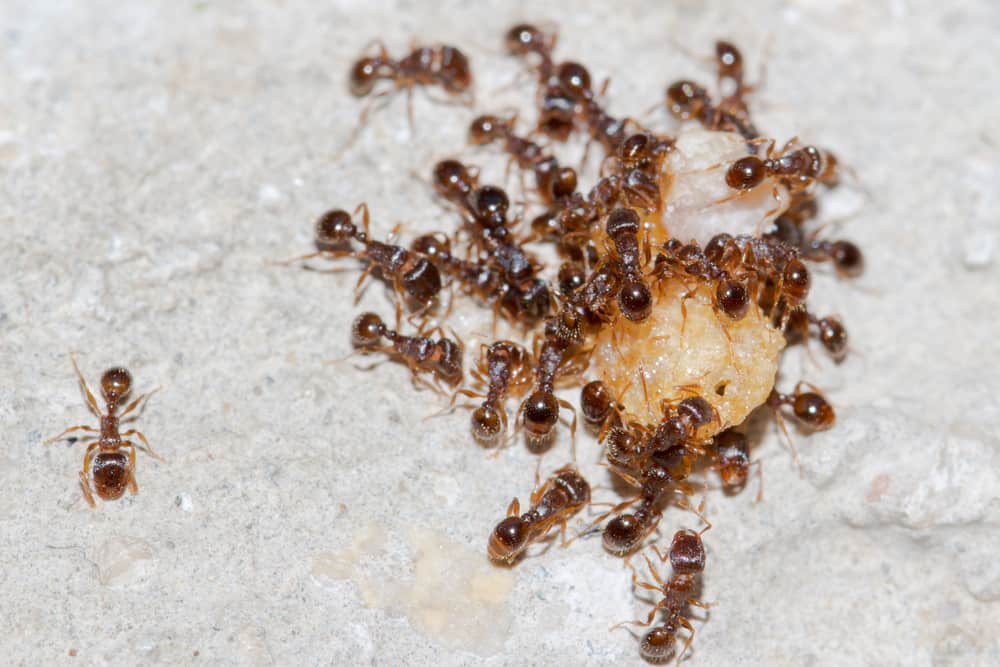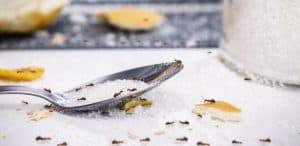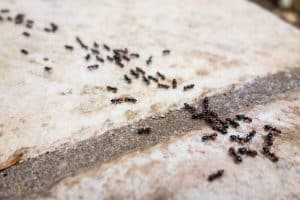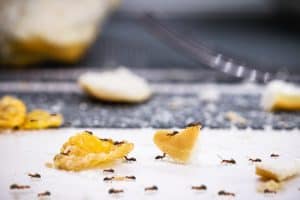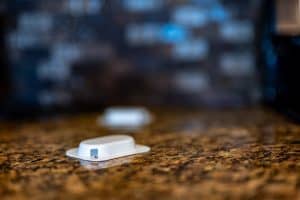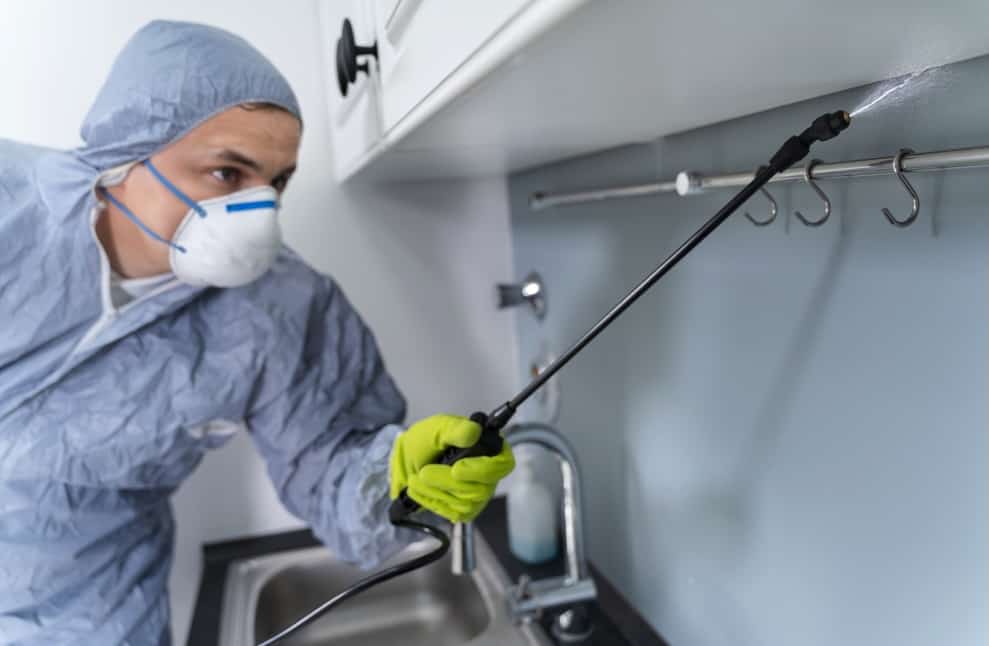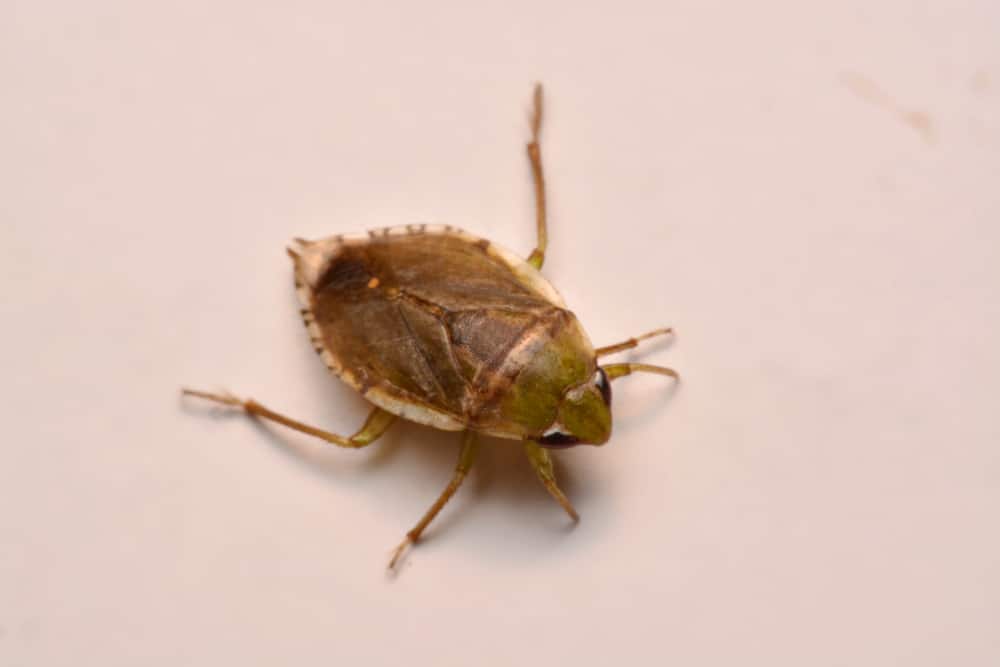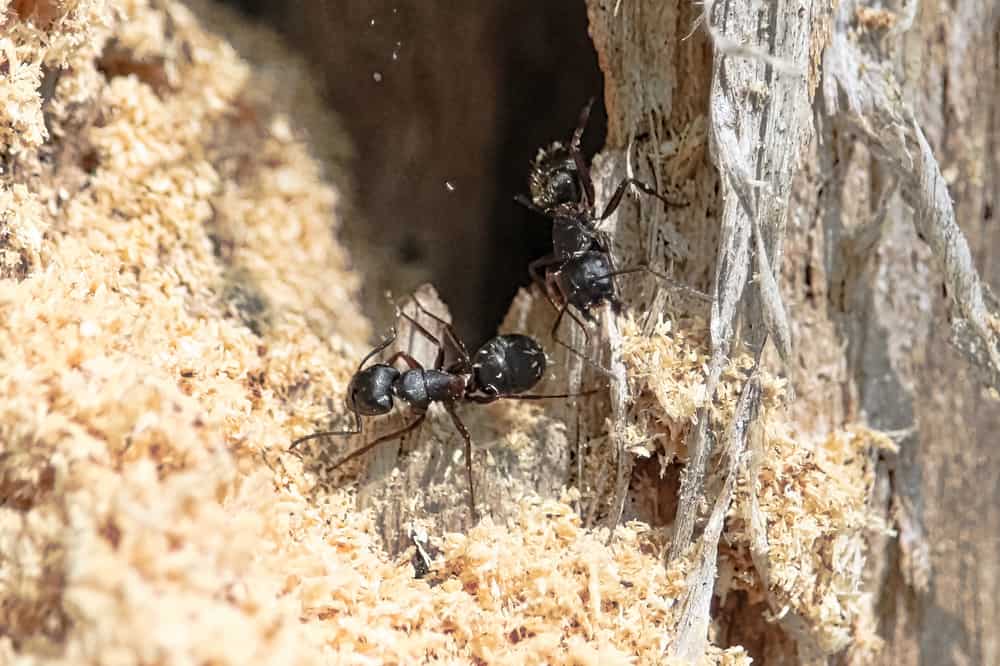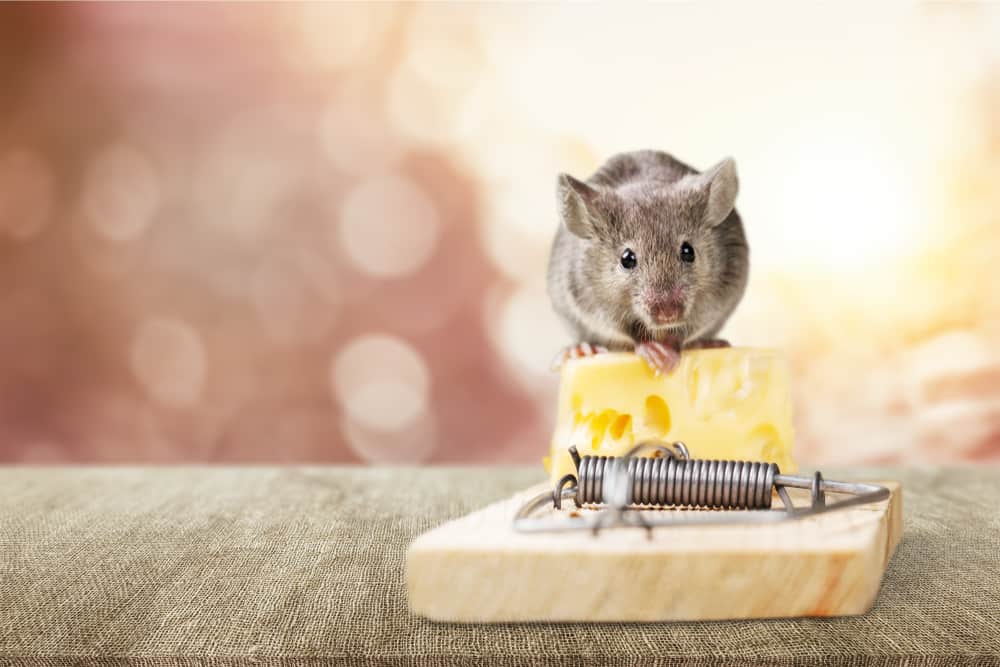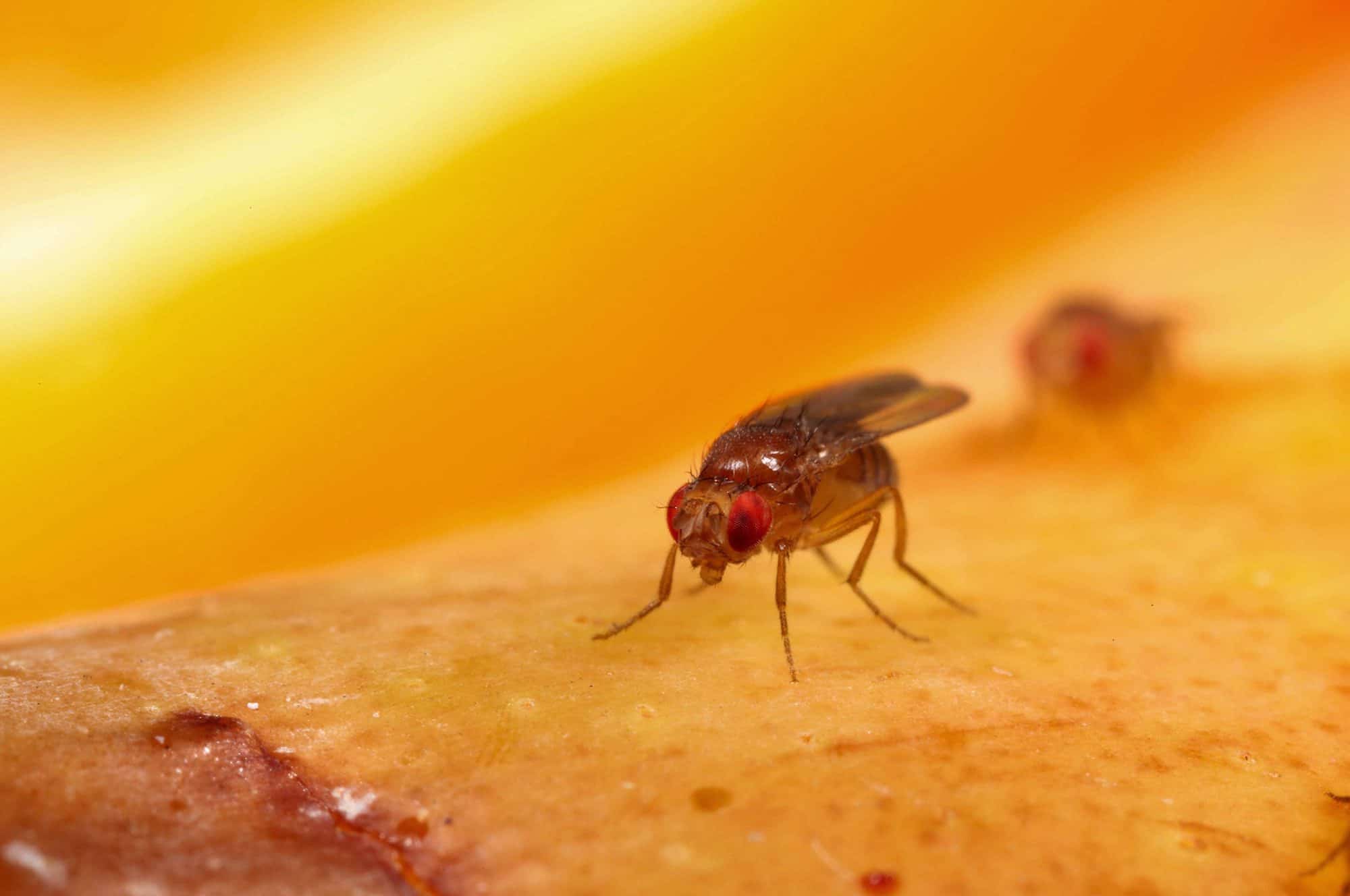Getting rid of sugar ants can seem like an overwhelming task, but it doesn’t have to be. With the right knowledge and tools, you can easily take care of an ant infestation in your home.
Here are 7 steps to effectively removing sugar ants from your residence:
Page Contents:
1. Identify the Type of Ants
Identifying the type of ants that are infesting your home is important because it can help you choose the right method of control. Some species of ants are more attracted to sugar, while others are more attracted to protein-based baits.
There are many types of ants that are commonly called “sugar ants,” including pavement ants, odorous house ants, and Argentine ants (among others).
You can also use online resources or a pest control professional to help you identify the specific species of ants in your home.
2. Locate the Ant Trails
Sugar ants typically form trails as they move between their nest and food source. Determine the nest’s location and entry points by following the ants’ trail.
Common entry points for ants include any of the following:
- Cracks in the walls or floor
- Gaps around windows and doors
- Gaps around pipes and wires.
3. Remove Common Food Sources
Sugar ants are attracted to sugary foods (hence the name) so removing sources of sugar can help reduce the number of ants in your home.
Clean up any spills and crumbs as soon as possible and store food in airtight containers. Ensure that areas where food is prepared and consumed are also clean.
4. Use Bait or Ant Traps
Sugar ants can be effectively controlled using bait stations. These stations contain a sugary poison that the ants will carry back to the nest and share with other ants.
(Eventually killing off the entire colony).
Follow the instructions on the label when placing bait stations in areas where you’ve seen ant activity.
5. Use Insecticides
Insecticides can be used to directly kill the ants if you locate their nest or entry points. You can use sprays, dusts, or granules depending on the location and severity of the infestation.
Follow the instructions on the label and take necessary safety precautions when using insecticides for ants.
6. Seal Entry Points
Once you have located the entry points that ants are using to get into your home, seal them up.
Keep in mind that Sugar ants are attracted to moisture, so eliminating sources of dampness can help reduce their numbers. Repair leaky pipes and seal up cracks or crevices that may be allowing moisture into your home.
Additionally…
Make sure to clear away standing water near windowsills and other potential entry points.
You can use caulk, weatherstripping, or other sealants to close up gaps and cracks. This will prevent ants and other pests from entering your home in the future.
7. Prevent Future Infestations
Keeping your home clean and tidy can help prevent future ant infestations. Regularly clean up spills, crumbs, and food debris, and store food in airtight containers.
Vacuuming floors and wiping down surfaces can also help remove any ant trails and disrupt their pheromone communication.
How to Get Rid of Sugar Ants in Car
To get rid of sugar ants in your car you should remove all food and trash from the inside of your vehicle. Sugar ants are attracted to food and sweet substances, so the first step in getting rid of them is to remove any potential food sources.
Remove all food, drinks, and trash from your car, including candy wrappers, crumbs, and empty soda cans.
Then use a vacuum cleaner to thoroughly clean the interior of your car, paying special attention to the areas where you have seen ants before.
(Including the seats, floor mats, and carpet).
After the car is fully cleaned and vacuumed, you can use ant baits and pesticides to kill any lingering ants. If you suspect that the ants are coming from a nearby colony, try parking your car in a different location.
This may help prevent future infestations.
What Do Sugar Ants Look Like?
Sugar ants are small insects that are typically about 1/8 inch in length. These bugs are dark brown or black in color, a segmented body with a small head, and a large thorax and abdomen.
One of the distinguishing features of sugar ants is their intense smell, which can be described as smelling like rotten coconut or blue cheese (I know this from personal experience).
This odor is actually used by ants to communicate with each other.
Where Do Sugar Ants Come From?
These ants are native to North America and are one of the most common ant species found in homes. They typically nest outdoors in soil or under rocks and enter buildings in search of food, water, or refuge.
The pests often get into homes through cracks in walls, windows, and doors. They can also be found in kitchens, bathrooms, and other areas where there is food laying out. Once inside, they will establish trails to food sources and can quickly become a nuisance if left unchecked.
What Do Sugar Ants Eat?
Sugar ants are omnivores and will eat a wide variety of food, but they are particularly attracted to sweet foods.
Their diet can include:
- Sugar and other sweet substances: This is where sugar ants get their name. They are particularly attracted to sugary foods like candy, fruit, and syrup.
- Honeydew: Sugar ants will feed on honeydew, a sweet liquid produced by sap-sucking insects like aphids and scale insects.
- Nectar: Sugar ants will also feed on flower nectar (they also play a role in pollination).
- Insects: Sugar ants will feed on other insects, including dead bugs and the larvae of other ant species.
- Grease and protein: This can include meats, cheeses, and other high-protein foods.
In summary:
The key to getting rid of sugar ants is to identify the type of ants, locate their trails and entry points, remove food sources, use bait or insecticides to kill them, seal entry points, and maintain cleanliness to prevent future infestations.
If the infestation is severe, or if you are unsure about how to get rid of the ants, it may be best to consult with a professional pest control service.
